Capers are tasty, oily, green balls from the plant Capparis spinosa. It is essentially a bush with delicate, pink-white flowers. It grows among the sun-baked stones of the Mediterranean and Central Asia.
"Capers" refers to the colorful buds of the branching bush. The flowers-to-be are round and are picked by hand shortly before they open up.
While fresh, Capers do not possess a particularly impressive taste. But if preserved in a vinegar marinade, they gain a refreshing acidity and hints of lemon.
This way, every detail and aspect of their taste potential is revealed.
The taste of marinated capers is much more perceptible in the smaller ones. Because of this, they cost more. Those that are more than 1/2″ (1 cm) in diameter possess a way too sharp taste.
In the Mediterranean, they are commonly sold rolled in coarse salt, which is washed off before use. Capers in jars are also popular. They do not require any type of treatment before they take their place in traditional dishes.

Most often, capers are put into the traditional dishes spaghetti alla puttanesca, steak tartare or pescado a la Veracruzana. Plus, they make up many Mediterranean sauces and marinades.
One of the most important rules is to add the marinated buds toward the end of the cooking process of the dish. That way, their taste will remain concentrated in them.
Otherwise, the pleasant acidic taste will be lost amidst the other products.
In the cuisines of various countries, salted and marinated capers are included in the seafood and meat dishes, usually to provide a spicy twist. Capers enhance the flavor of a dish similar to the way sodium glutamate does.
The list of products which capers go with has been strictly determined. Capers go best with olive oil, butter, mayonnaise, lamb and veal, chicken, seafood.
They complement the taste of salted and smoked fish, herring, pickles, onions, macaroni, olives, tomatoes, sweet peppers, celery, mozzarella, feta and other cheeses, eggs, tarragon, parsley and dill.
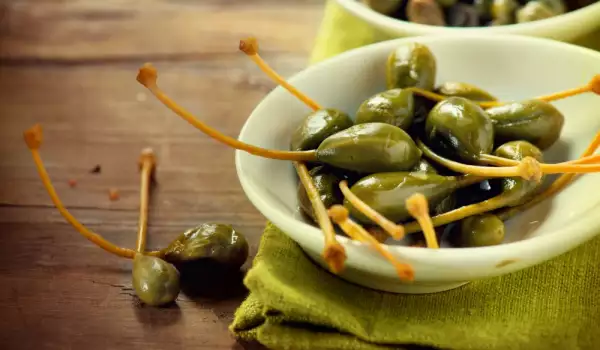



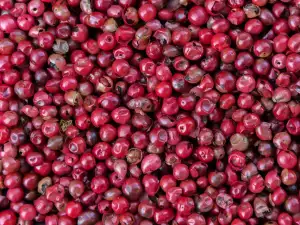


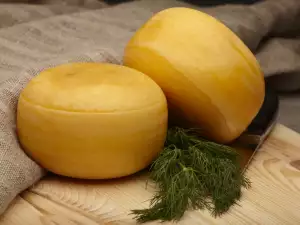

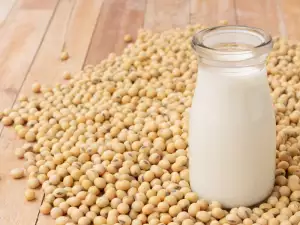

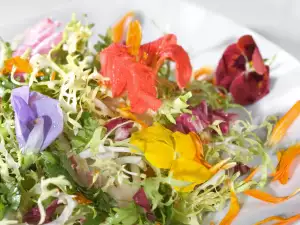


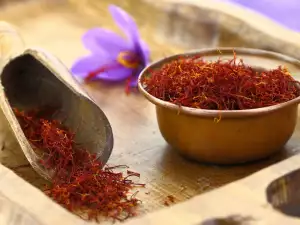
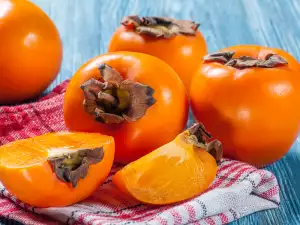




Comments